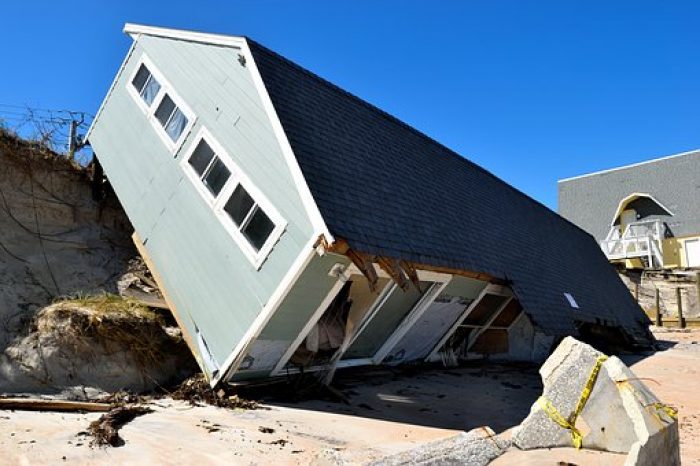Disasters come in so many forms. Floods, hurricanes, tornadoes, power outages, data breaches, system failures, human error, or even terrorism could cause your business to go down for a day, a week, a month or more. Is your workplace ready for such an event? Here are some common sense ways to “disaster-proof” your business.
Consider these scary statistics.
- 75% of small businesses have no disaster recovery plan in place. – PhoenixNAP
- 43% of companies never resume business following a major fire. Another 35% are out of business within 3 years. – U.S. Fire Association
- Only 11% of businesses maintain backup copies at an off-site location, and 18% don’t make backup copies at all. – IT Command
If you are not worried yet, then you should be. Disaster-proofing your business has many layers and needs to be well thought out. Creating a disaster recovery plan can mean the difference between getting back up and running after a catastrophe and going out of business. Check out these suggestions from tech experts on how to prepare for the unthinkable.
Conduct a Risk Assessment
 Have a team meeting with players such as your management team, sales, IT, office workers, customer service and as many reps from each department who you can spare. Take some time to discuss what the threats could be – both internal and external, including acts of nature, human error, and even sabotage. Where do your vulnerabilities lie? Pay particular attention to historical disaster risks in your region or industry. Use past events to help you avoid future problems. Rely on tech experts to analyze your systems and tell you where you would be in need should a disaster strike.
Have a team meeting with players such as your management team, sales, IT, office workers, customer service and as many reps from each department who you can spare. Take some time to discuss what the threats could be – both internal and external, including acts of nature, human error, and even sabotage. Where do your vulnerabilities lie? Pay particular attention to historical disaster risks in your region or industry. Use past events to help you avoid future problems. Rely on tech experts to analyze your systems and tell you where you would be in need should a disaster strike.
Install Safeguards
Once your team has evaluated all of the angles of a disaster, you will want to implement safeguards such as physical, administrative, and technical safeguards that can ease the stress of a disaster. For example, you will want backups of your data in an off-site location so that work can begin anew if your systems fail. You will need a method for employees to work remotely if the physical structure of your building has been damaged through fire, flood, or wind.
Identify Recovery Strategies
Based upon your risk assessment, you will want to create a disaster recovery plan with several scenarios, including what to do if your servers or hardware are damaged, how to restore data quickly, identifying an off-site location in case of damaged infrastructure, how to handle employee issues… the list could go on.
Train and Test
 Now that you have a plan on paper, training your management team and employees on what to do if the worst does happen is of paramount importance. This will ensure that everyone from the top down knows what to expect and what is needed from each person. Not only can this lessen the anxieties after an event, but it can also give a blueprint for how to get your company back to work with as little downtime as possible.
Now that you have a plan on paper, training your management team and employees on what to do if the worst does happen is of paramount importance. This will ensure that everyone from the top down knows what to expect and what is needed from each person. Not only can this lessen the anxieties after an event, but it can also give a blueprint for how to get your company back to work with as little downtime as possible.
Do you need assistance with disaster recovery planning? Call M&H Consulting on1.866.964.8324 or visit our contact us page for an evaluation.
Categorised in: back up, data breach, disaster recovery, firewall, IT Consulting Services, Security
